Winterizing Raised Beds: How To Protect Your Raised Bed Gardens In Winter
Keeping raised beds protected in winter will ensure that you can hit the ground running in spring. Our guide to winterizing raised beds will help you get ready
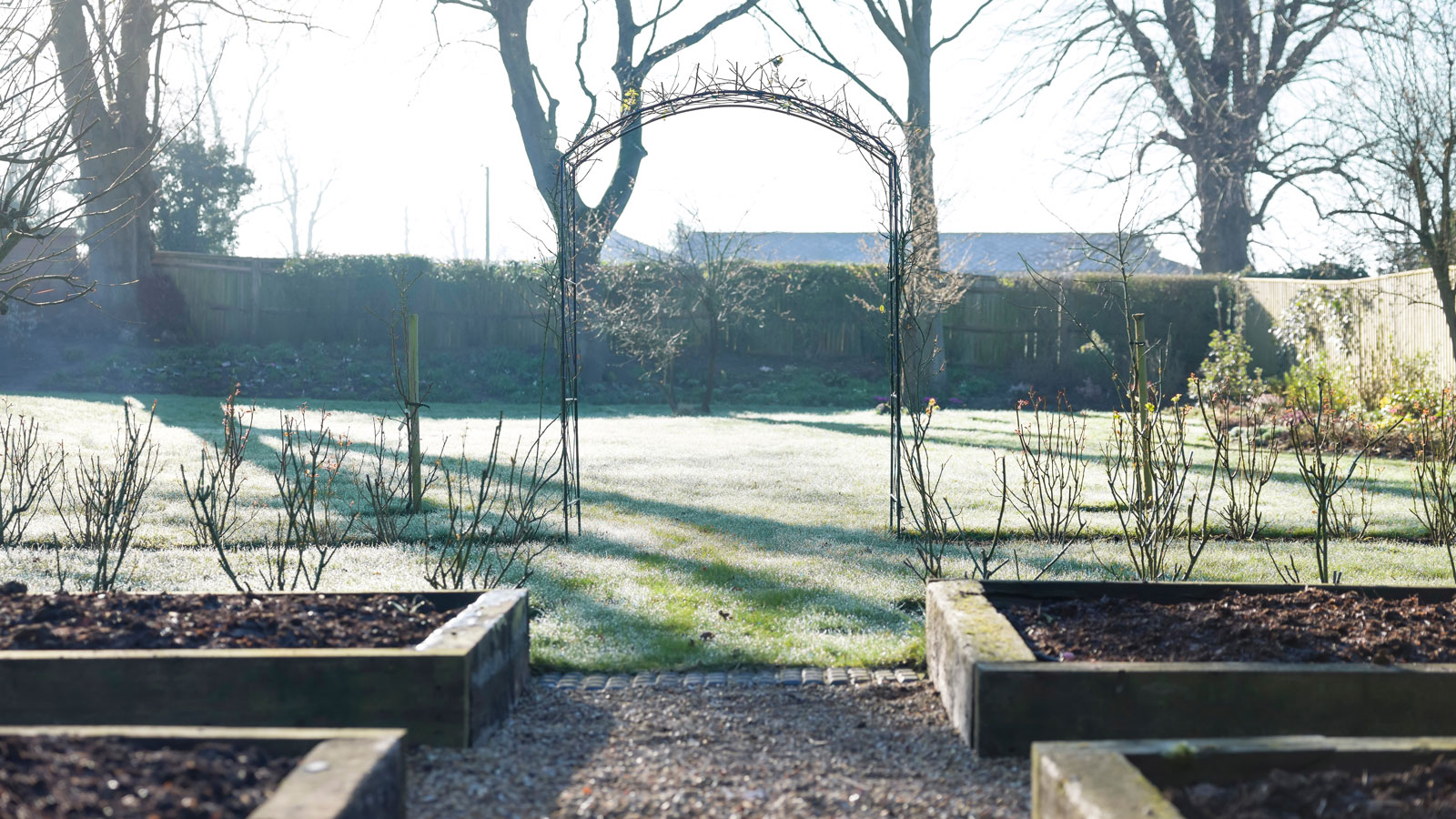

Raised beds are great solutions to poor drainage, poor soil and other garden conundrums. Winterizing raised beds is a must on your list of jobs to tackle before it gets too cold outside. It’s an important chore as the gardening season winds down. Knowing how to winterize your raised garden beds correctly means you can make good use of this downtime in the garden so you’re ready for the next growing season.
Good care now means beds will be ready earlier in spring for healthy, abundant growth. Our guide outlines some of the key steps needed in successfully winterizing raised garden beds to keep them protected from winter weather.
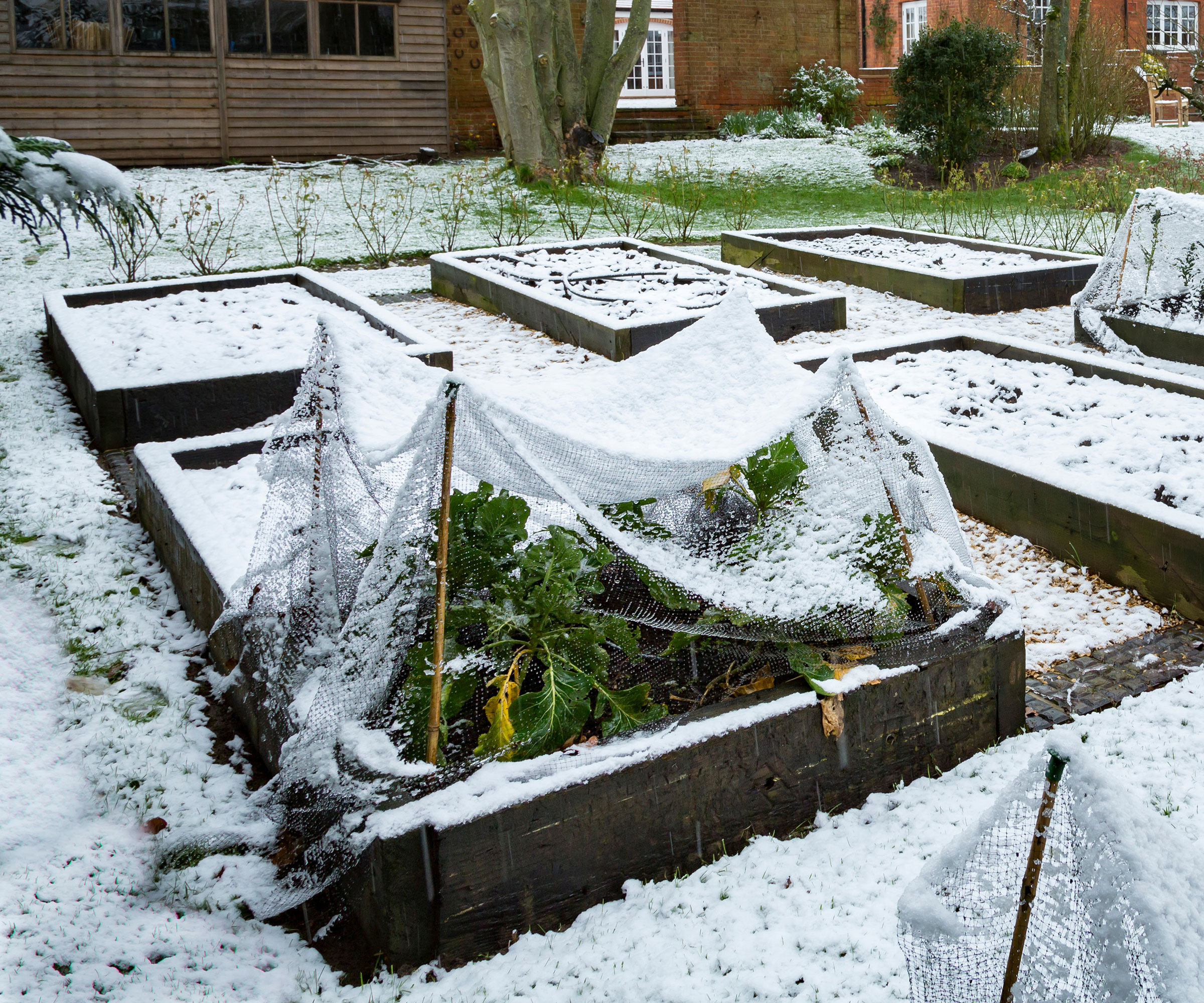
How to Winterize Raised Garden Beds
Overwintering raised beds isn’t a lot different from how you might care for other beds at this time of year. However, you might want to give them a little extra care when carrying out your early winter garden chores, since this is likely where you do most of your formal gardening. Preparing raised beds for winter requires several approaches to address a few different issues: dealing with decaying plant material, preparing the soil for spring, and protecting any plants that remain over winter.
1. Tidy and Clear Away Plant Debris
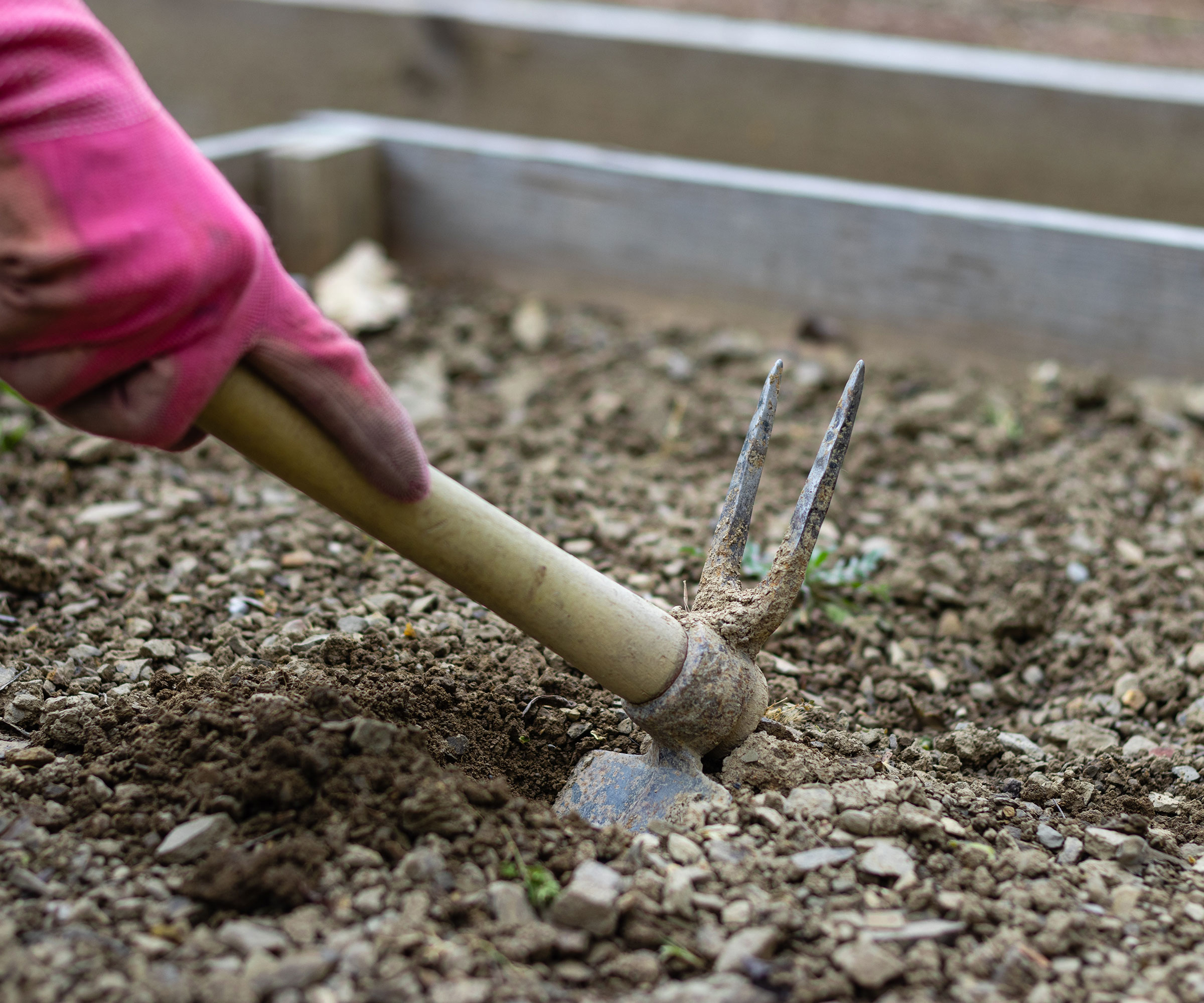
The first step in winterizing raised garden beds is to clear out debris from spent plants. As part of a general fall garden cleanup, remove dead plant material to prevent it from rotting under snow cover over the winter. If you see any diseased material, destroy it and do not add it to compost. Most perennial plants can be cut back to two to four inches (5 to 10 cm) from the surface of the soil. Completely pull out any annuals.
It’s also important to remove any weeds before the winter. As with other plants, they can rot, but they can also harbor pests or disease vectors, like fungi. Clearing out weeds now will also reduce the number of weeds you see in the next growing season. Once everything is removed, smooth over the bed’s soil to create an even surface.
2. Condition And Insulate Raised Bed Soil
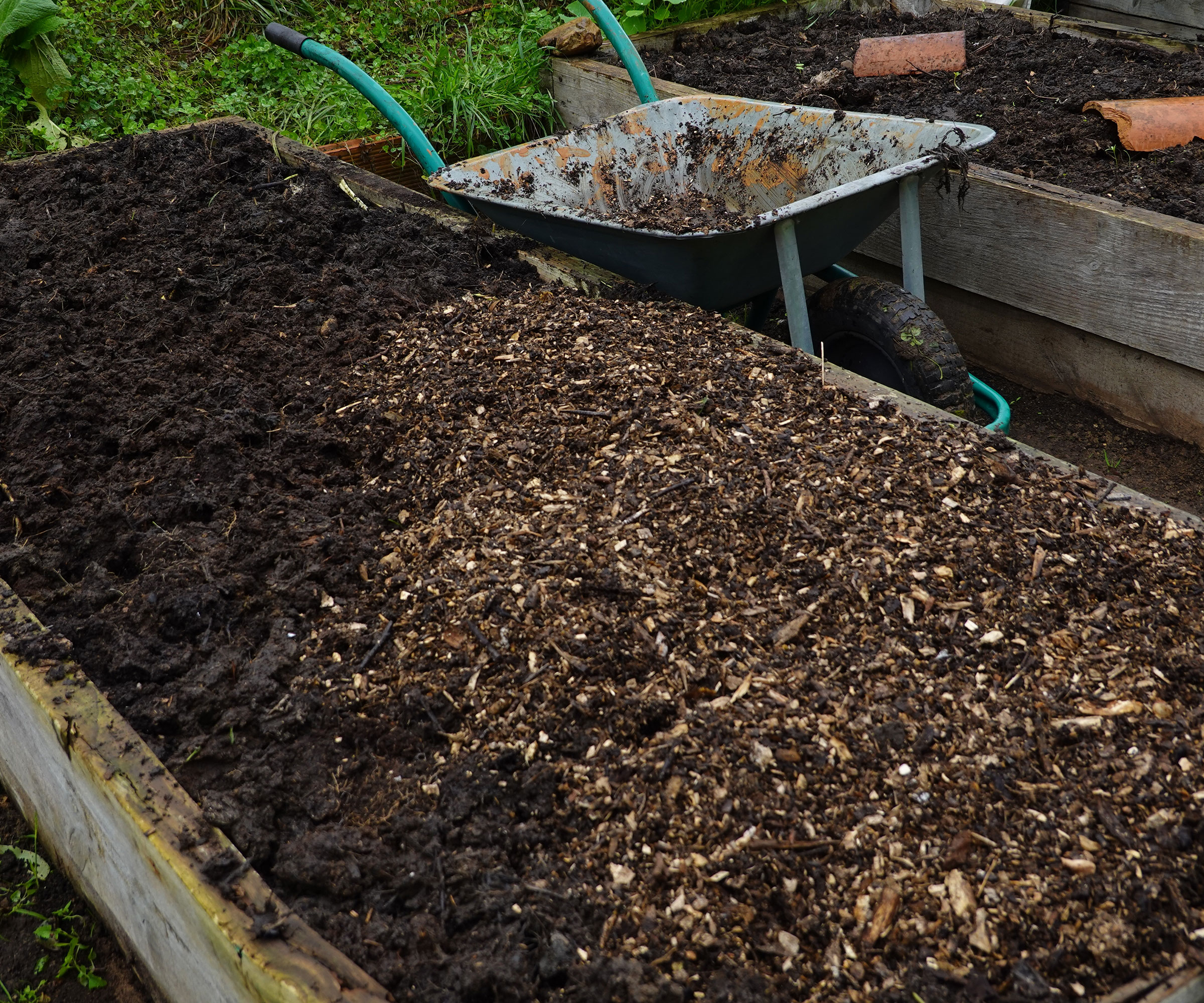
Next, prepare or protect the soil. One option to condition and enrich the soil for next year is to plant a cover crop. Cover, winter wheat, or winter rye grow quickly and add nutrients to the soil. Alternatively, you can put down a layer of compost on top of the soil. Keep your soil insulated, protect perennials over the winter months, and reduce the risk of new weeds creeping in by covering the bed with an appropriate mulch. A cover crop, if you are using it, can serve as a living mulch with similar benefits.
If you’re not using a cover crop, you can use fall leaves as mulch. Straw also makes one of the best types of mulch for raised beds over winter. You’ll want to remove these in spring when you’re ready to plant, unless they have broken down significantly and can be worked into the soil. Wood chip mulch is not ideal for raised bed winter mulch, as it doesn’t break down very readily.
Sign up for the Gardening Know How newsletter today and receive a free copy of our e-book "How to Grow Delicious Tomatoes".
3. Cover Raised Beds in Winter
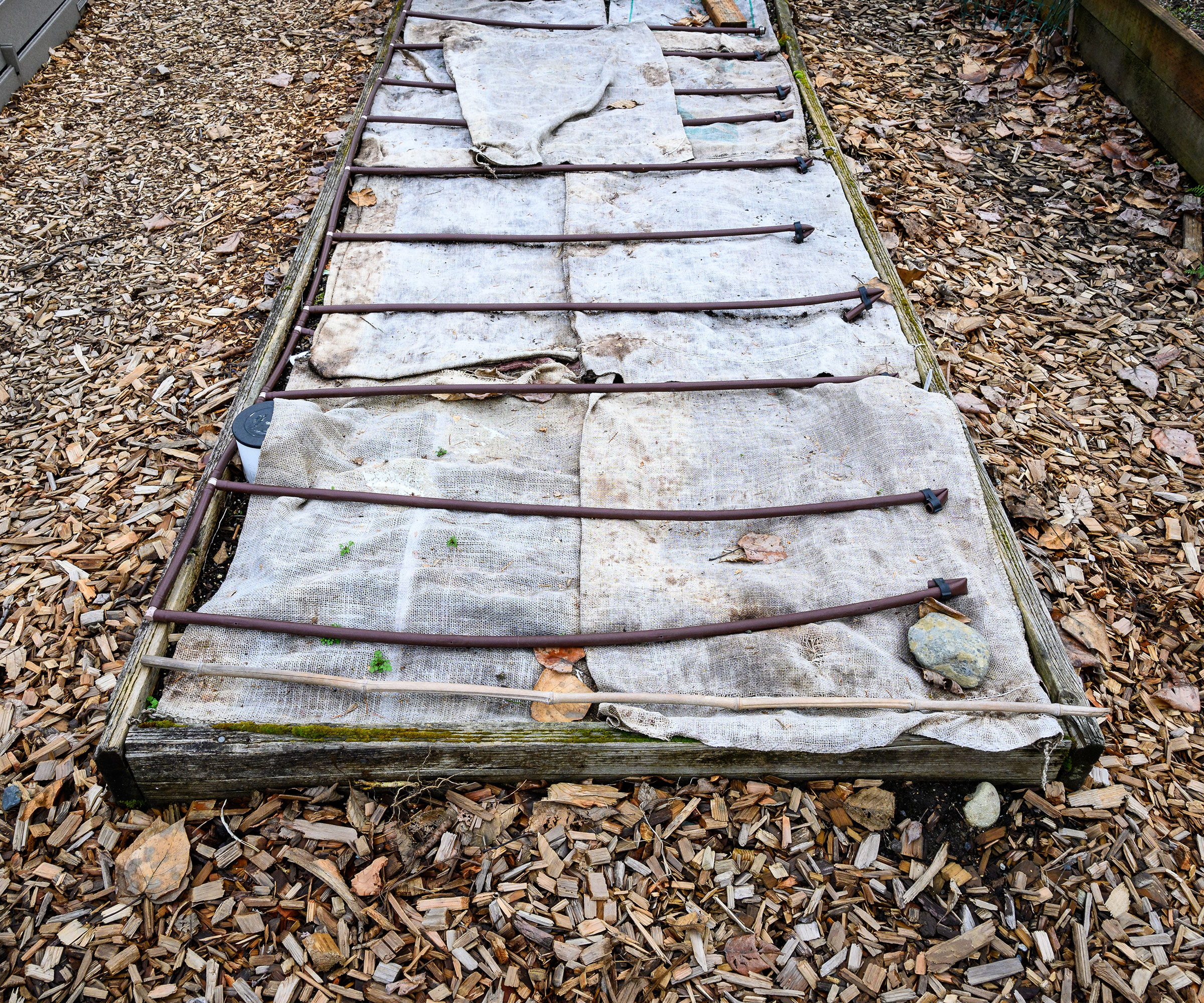
Your raised bed does not necessarily need to be covered in winter if you have taken the above steps. You might want to cover them to protect any plants that are a little tender for your growing zone or if you are trying to extend your growing season. A cover can help protect raised beds from frost early in the season. Plastic is not the best choice for covering beds and plants. Plastic sheets can actually collect colder air near the plants. Using a frost cloth, blanket or cotton sheet is a better alternative.
Frequently Asked Questions
What Happens if You Don’t Winterize Raised Beds?
Not winterizing can result in rotting plant material that gets compacted under snow. Perennials in beds can be damaged by extreme temperatures if not protected.
Will Covering Plants With Plastic Protect From Frost?
Plastic is not a good material for protecting plants from cold temperatures and frost. Plastic tarps and sheets can actually transmit more cold air to the plants underneath.

Mary Ellen Ellis has been gardening for over 20 years. With degrees in Chemistry and Biology, Mary Ellen's specialties are flowers, native plants, and herbs.
